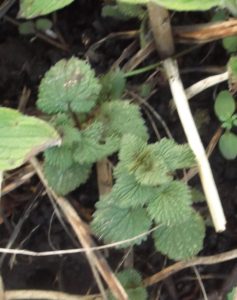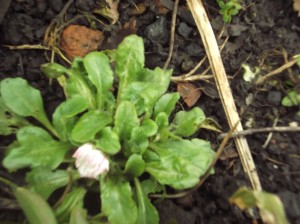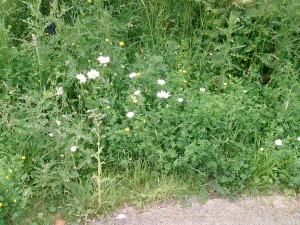 There is a belt of trees on the riverbank. Some of them are covered with ivy and intertwined with wild roses:
There is a belt of trees on the riverbank. Some of them are covered with ivy and intertwined with wild roses:
 At this time of year they are a magnificent sight. There are blackbirds and thrushes most of the year round, chaffinches, robins and wrens, and most of the time the magpies jackdaws and rooks hang about there too, watching for food opportunities in the fields around. And any day now, the winter birds – waxwings redwings and fieldfares will be joining them from northern parts.
At this time of year they are a magnificent sight. There are blackbirds and thrushes most of the year round, chaffinches, robins and wrens, and most of the time the magpies jackdaws and rooks hang about there too, watching for food opportunities in the fields around. And any day now, the winter birds – waxwings redwings and fieldfares will be joining them from northern parts.
But hawthorn isn’t just good for wildlife. It is one of the most iconic trees in the herbals – only elder can come close for folklore references, and I think on the whole, that the hawthorn has it. They are the fairy trees of legend, and there are many roads in Ireland with an inconvenient kink in them so as not to take down particularly significant thorn bushes. If you sleep under thorn bushes the fairies may gain power over you – perhaps the famous Eildon Tree where Thomas the Rhymer met the fairy queen was a hawthorn? They are often planted at the boundaries of property – perhaps because they grow so quickly, perhaps because the thorns are a pretty good deterrent. It was a rite of passage one summer in my childhood to push through or jump over all the hawthorn hedges in front of all the houses in our street, disregarding the scratches and the irate neighbours, but those hedges were mostly clipped very short and neat. The ones that had been neglected were a different proposition.
The tree is one of the first in leaf and the flowers are the high point of late spring, a rising tide of foam on the eye-popping green. You aren’t supposed to bring them into the house, because they bring death and misfortune, (Mrs Grieve says they were believed to smell of the Plague, others associated it with TB especially in Ireland where the disease was common) but you can hang them over the cowshed to protect the milk. In Northern Ireland a hawthorn globe made of the berries can be hung on a house to protect from fire and lightning (maybe this is Seamus Heaney’s haw lantern?). Not a tree to be messed with.
The leaves are edible – children used to put them between bread and butter, and they must have been a good fresh bite of vitamin C in early spring. The berries are edible, too, though you are supposed to let them ‘blet’ like medlars before the taste is worth having. I’ve seen recipes for hawthorn chutney and fruit leather too.
Medicinally, however, hawthorn is very significant. Tincture from the berries is said to be good for the heart, for the circulation and for kidney troubles. I’ve seen it recommended for Raynaud’s syndrome mood, swings, restlessness and even ADHD. And Mrs Grieve says the timber is good for small articles, having a fine grain and taking a good polish. Better ask the fairies for permission first, I should think!




